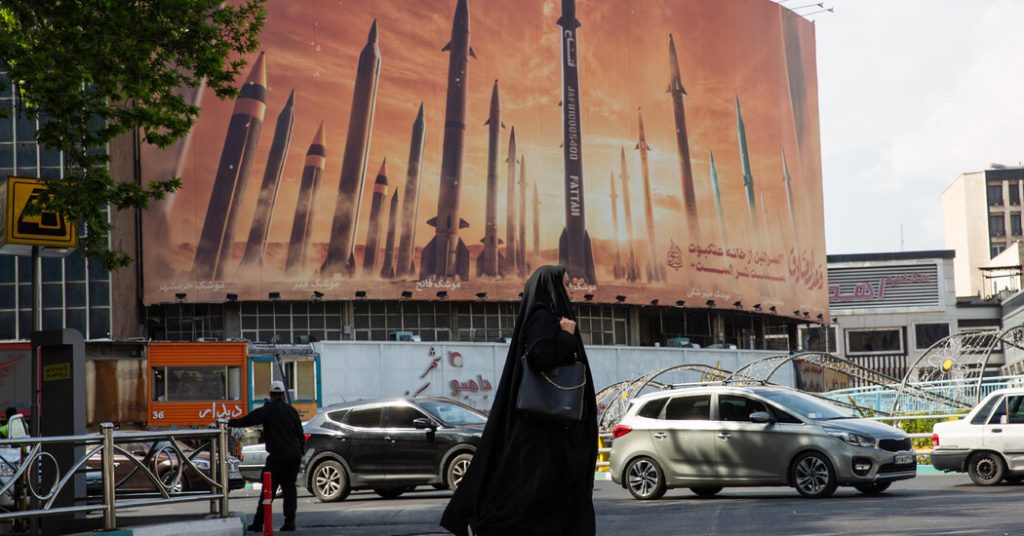Israel decided to abandon plans for a broad counterstrike on Iran in favor of a more limited attack following pressure from the United States and other foreign allies. The initial plans involved targeting military sites near the Iranian capital of Tehran in retaliation for an Iranian strike on Israeli soil. However, after President Biden and other officials urged Israeli Prime Minister Benjamin Netanyahu to prevent a wider conflict, Israel opted for a smaller strike that avoided significant damage.
The limited attack involved firing missiles from aircraft positioned hundreds of miles away from Iran and using small attack drones to confuse Iranian air defenses. The goal was to signal Israel’s military capabilities without provoking a major Iranian response. Israeli officials believed this approach would allow Iran to move on without escalating the conflict further. The attack targeted an antiaircraft battery in central Iran and aimed to demonstrate Israel’s ability to strike Iran without entering its airspace.
The path to this attack began with Israel striking an Iranian embassy complex in Damascus, Syria, resulting in the deaths of seven Iranian officials. This action led to Iran threatening a major strike on Israel, prompting Israeli leaders to prepare both defensive and offensive military responses. Israeli intelligence indicated that Iran planned to launch a significant attack involving drones and missiles, leading to initial preparations for a strong counterstrike.
After Iran launched a massive assault involving ballistic missiles, drones, and cruise missiles, Israel’s defense systems effectively intercepted most of the incoming projectiles. Following a phone call between Prime Minister Netanyahu and President Biden, Israel decided against an immediate retaliation and instead planned a more contained response that would avoid further escalation. The attack, carried out on a smaller scale, aimed to send a message to Iranian officials without humiliating them publicly.
Despite the potential for heightened tensions, both Israeli and Iranian officials downplayed the impact of the attack. Iranian leaders focused on the small drones used in the strike, avoiding blame on Israel and signaling a desire to move on from the incident. By not claiming responsibility for the attack and avoiding public escalation, Israel and Iran were able to limit the risk of further conflict. The decision to opt for a more limited response was influenced by diplomatic efforts to prevent a broader regional conflict.
In the aftermath of the attack, Israel faced concerns about potential retaliation from Hezbollah, the Iranian-backed Lebanese militia engaged in conflict with Israel. Foreign allies continued to encourage Israel to avoid further escalation, signaling their acceptance of a measured response. By choosing a restrained approach to the attack, Israel aimed to convey its military capabilities to Iran while avoiding a more significant conflict. The decision-making process and diplomatic pressures surrounding the attack highlight the complex dynamics at play in the Israeli-Iranian conflict.


